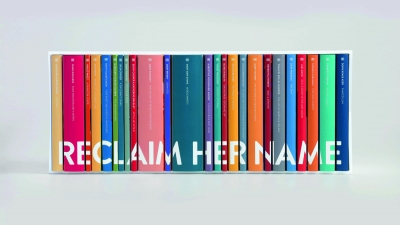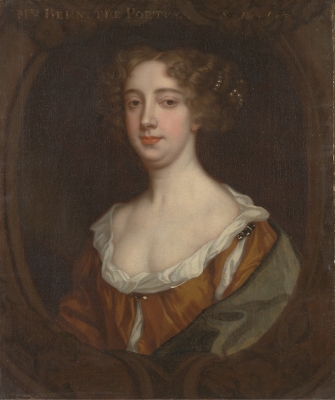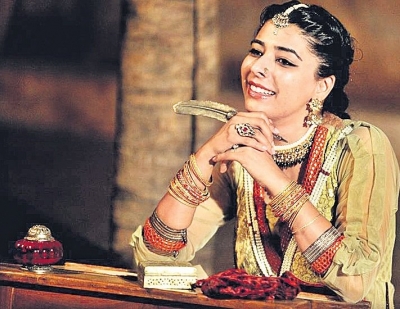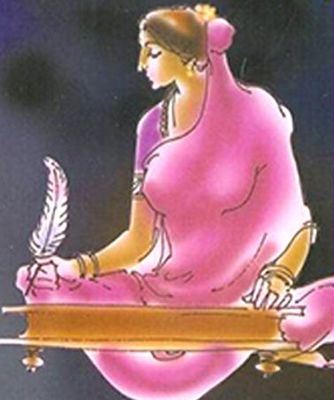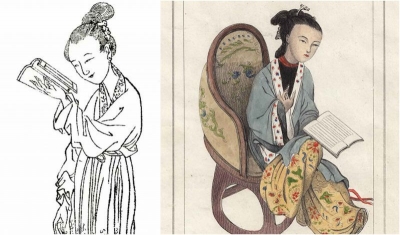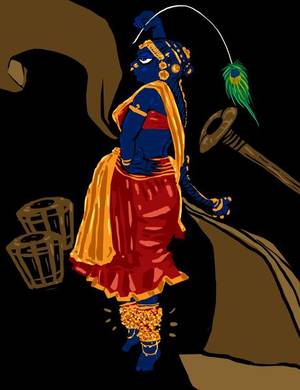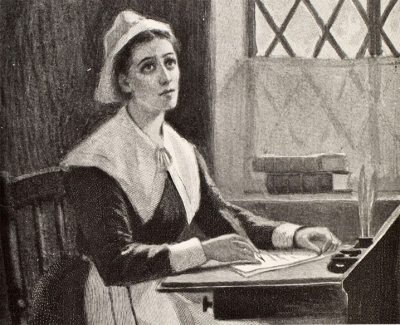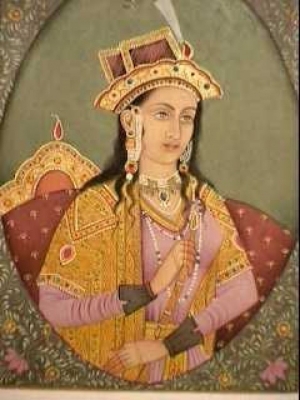Who was the first woman to win the Literature prize?

The Nobel Prize in Literature 1909 was awarded to Selma Ottilia Lovisa Lagerlöf "in appreciation of the lofty idealism, vivid imagination and spiritual perception that characterize her writings."
Selma Lagerlöf (1858-1940) was born in Östra Emterwik, Värmland, Sweden. She was brought up on Mårbacka, the family estate, which she did not leave until 1881, when she went to a teachers’ college at Stockholm. In 1885 she became a teacher at the girls’ secondary school in Landskrona. She had been writing poetry ever since she was a child, but she did not publish anything until 1890, when a Swedish weekly gave her the first prize in a literary competition and published excerpts from the book which was to be her first, best, and most popular work. Gösta Berlings Saga was published in 1891, but went unnoticed until its Danish translation received wide critical acclaim and paved the way for the book’s lasting success in Sweden and elsewhere. In 1895 financial support from the royal family and the Swedish Academy encouraged her to abandon teaching altogether. She travelled in Italy and wrote Antikrists mirakler (1897) [The Miracles of Antichrist], a novel set in Sicily. After several minor works she published Jerusalem (1901-1902) [The Holy City], a novel about Swedish peasants who emigrated to the Holy Land and whom she had visited in 1900. This work was her first immediate success.
Picture Credit : Google

